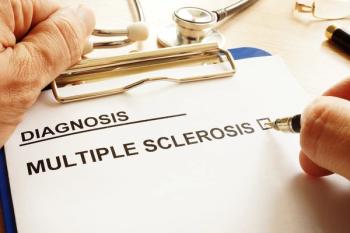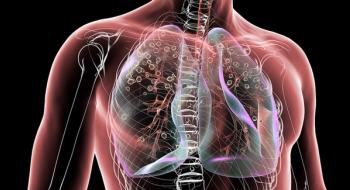
Infection With SARS-CoV-2 May Predispose Patients to HFpEF
Patients testing positive for severe acute respiratory syndrome (SARS-CoV-2), the virus that causes coronavirus disease 2019, are presenting more often with signs of heart failure with preserved ejection fraction (HFpEF).
Patients testing positive for severe acute respiratory syndrome (SARS-CoV-2), the virus that causes coronavirus disease 2019 (COVID-19), are presenting more often with signs of
HFpEF, or
Data are continually emerging on the connection between COVID-19 and cardiac injury, with the authors of the present viewpoint concentrating on HFpEF. “This is important to elucidate,” they noted, “because infection with COVID-19 may be associated with HFpEF through several pathways.”
Their examination of shared inflammatory pathophysiology and cardiometabolic risk profiles between the 2 disease states, as well as the myocardial complications, highlight how even early studies noted elevated levels of 2 biomarkers, troponin and natriuretic peptides, indicating direct myocardial injury.
Two studies included in their review, from Israel and New York City, evaluated patients hospitalized with COVID-19 who underwent echocardiographic assessment. A majority of the patients were shown to have both right ventricular dilation and left ventricular diastolic dysfunction, both indications of HFpEF. Additional studies from Germany showed both abnormal results from cardiac MRIs in patients recovered from COVID-19 and detectable levels of SARS-CoV-2 in cardiac tissue from deceased patients.
Inflammation is a common factor linking COVID-19 and HFpEF. Interleukin (IL)-1 and IL-16, which are both released following infection with SARS-CoV-2 have also been shown to affect the myocardium, the authors noted. In addition,
The cardiometabolic risk profile is another commonality between COVID-19 and HFpEF. This profile includes older age, obesity, and metabolic syndrome. Before the pandemic, HFpEF already accounted for more than 50% of all heart failure cases, with previous study results showing annual increases of 5% to 10% from 2005 to 2014. Obesity and
“SARS-CoV-2 may cause HFpEF, may unmask subclinical HFpEF, or may exacerbate existing HFpEF,” the authors concluded. “Although case reports have described profound COVID-19 myocarditis leading to HFpEF, the more common manifestation in the COVID-19 era may be HFpEF related primarily to the unmasking of subclinical HFpEF and secondarily to the development of new HFpEF following infection with SARS-CoV-2.”
They point out that multiethnic population-based cohort studies and long-term data are needed to conclusively determine if there is a relationship between HFpEF and COVID-19, especially longitudinal studies that compare myocardial impairment in patients who presented with cardiac structural and functional changes before the pandemic with those presenting with the same following recovery from COVID-19.
Reference
Freaney PM, Shah SJ, Khan SS. COVID-19 and heart failure with preserved ejection fraction. JAMA. Published online September 30, 2020. doi:10.1001/jama.2020.17445
Newsletter
Stay ahead of policy, cost, and value—subscribe to AJMC for expert insights at the intersection of clinical care and health economics.













































